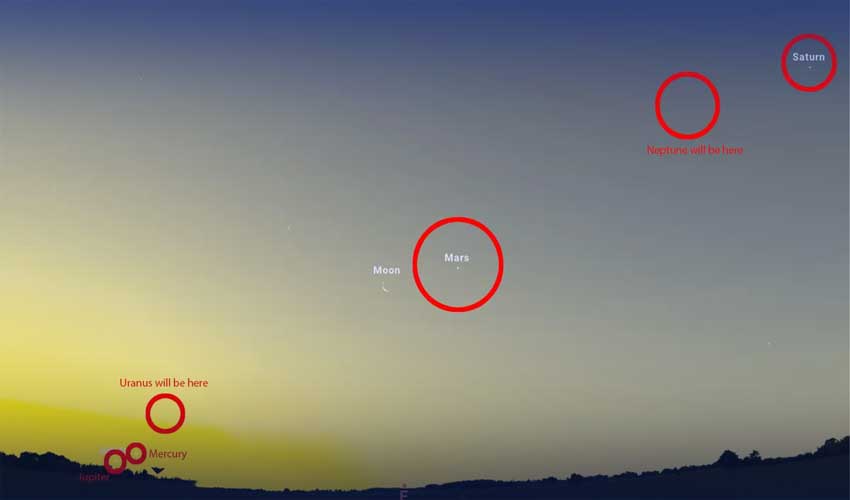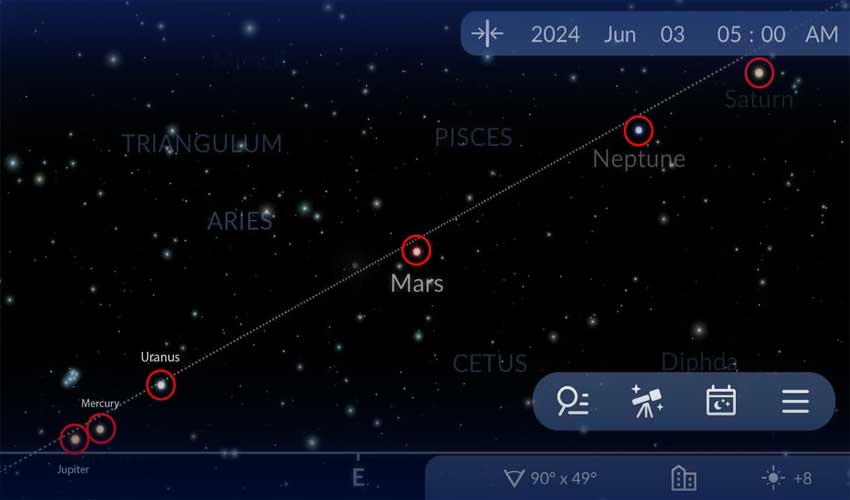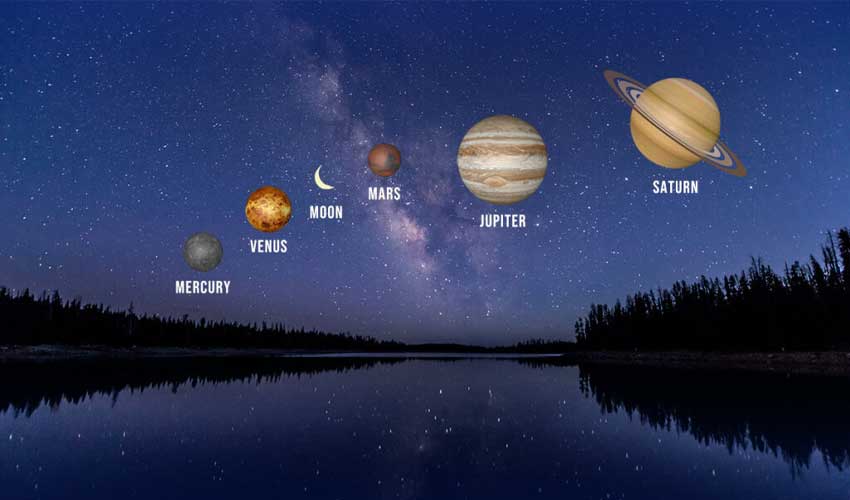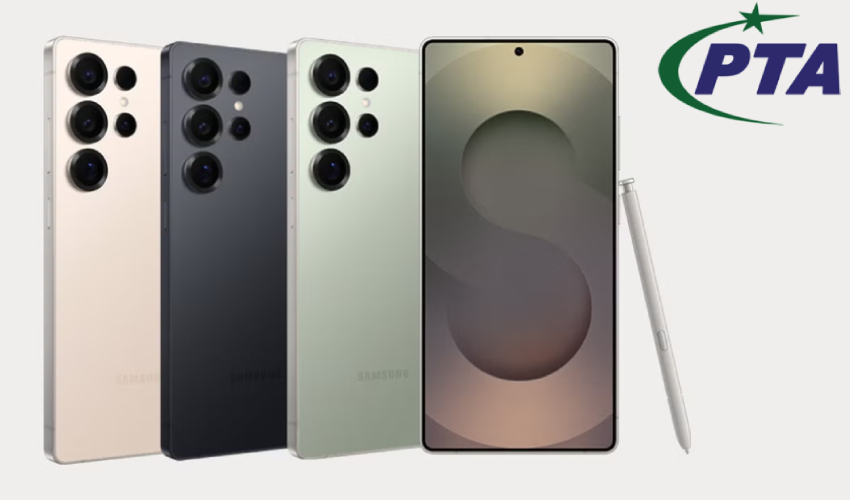Stargazers, get ready! On June 3, you'll have the chance to see Mercury, Mars, Jupiter, Saturn, Uranus, and Neptune line up in a stunning planetary parade.
On this special night, you can observe up to six planets, depending on where you are. Jupiter, Mercury, Mars, and Saturn will be visible with the naked eye, but to spot Uranus and Neptune, you'll need high-powered binoculars or a telescope. Look for Uranus near Mercury and Neptune close to Saturn.
This is the second planetary parade of the year, following the one during the 2024 solar eclipse. Those in the path of totality saw Jupiter, Venus, Saturn, and Mars, though Mars and Saturn were a bit tricky to spot.

Best viewing locations and times
In the U.S., New York state offers the best viewing spot on the morning of June 3, between 5 a.m. ET and just before sunrise at 5:26 a.m. This brief window is crucial, especially if you plan to set up a telescope to catch all six planets.
Other parts of the eastern seaboard will also have good views at different times. In Florida, you can see Saturn, Mars, Mercury, and Jupiter just before sunrise around 6 a.m.
In Ohio, the same group will be visible around 5:40 a.m. While other parts of the country might see fewer planets, we’ll guide you on how to check for your specific location.
How to find the best viewing times
Although Venus will be in the sky, it will be too close to the sun to see. The six-planet parade will be visible every morning for about a week.
Eventually, Mercury will move too close to the sun to be visible, and the more distant planets will fade from view. However, Jupiter, Mars, and Saturn will remain visible in the early morning sky for several weeks.

To determine the best viewing times and locations, use online tools like Stellarium's website and the Sky Tonight app (available on iOS and Android).
Enter your location, set the time between June 3 and June 7, and adjust between sunset and sunrise. The Sky Tonight app shows planetary positions regardless of visibility, while Stellarium shows what the sky will look like from your location.
Do you need special equipment?
In ideal viewing locations, you can see four planets with the naked eye: Jupiter, Mars, Saturn, and Mercury. However, to see Neptune and Uranus, you’ll need high-powered binoculars or a telescope.
The bright sky just before dawn and their distance from Earth make these planets harder to spot without extra equipment.
Photographing this event is challenging and requires special filters for good detail, but it can be rewarding.
Even if you can’t see all six planets, spotting three or four is still a fantastic experience. Remember, cloudy weather and city lights can interfere with your view.
Planetary parade vs. Planetary alignment
A planetary parade is when planets line up visually in the night sky. NASA often calls this a "parade of planets." A planetary alignment can mean either this visual lineup or an actual orbital alignment, which is very rare.
The upcoming event is a visual alignment, where the planets appear lined up from Earth but aren't in a literal orbital alignment.
Future planetary parades
Smaller planetary parades occur frequently, but seeing five or more planets at once is rare. Here are upcoming dates through 2025 for these celestial events:
- June 3, 2024
- August 28, 2024
- January 18, 2025
- February 28, 2025
- August 29, 2025
The parade on February 28, 2025, is especially noteworthy as all seven other planets in our solar system will be visible, though you’ll need a telescope for some.
Don't miss this rare and beautiful celestial event. Use these tips and tools to make the most of your planet parade viewing experience!



























